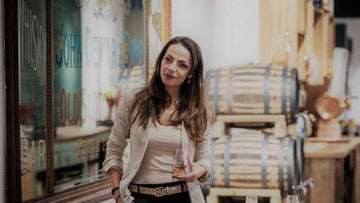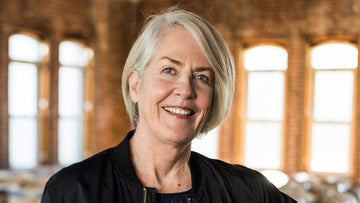Let’s talk about… whisky labels
Ever picked a whisky because you liked the look of the label? We’ve all been there. There are several rules relating to the labelling of Scotch whisky and the labels themselves carry a great deal of detail.
So, when browsing the shelves, how do you decipher the clues and decide what’s what without getting lost? Here’s a quick guide on the six key things to look out for when reading a Scotch whisky label.
1. Brand
e.g. Ardbeg, Bowmore, Cardhu
The brand or distillery name tells you who made the whisky and will usually be given a lot of space on the label for obvious reasons. Brand recognition can be important and certainly carries a lot of weight but if it’s a name you are unfamiliar with, you’ll have to delve a bit deeper before deciding if it’s right for you.
(Learn how to pronounce all the Scotch whisky distillery names here.)
2. Region
e.g. Highland, Islay, Lowland, Speyside, Campbeltown
The region tells you where in Scotland the whisky comes from and can suggest a rough idea of style or flavour profile. Malts from the Lowland region, for example, are often called “Breakfast Whiskies” due to their light, unpeated, floral, citrusy and sweet style… the perfect introduction to single malts for beginners!
(Read more about the Scotch whisky regions here.)
3. Category
e.g. Single Malt Scotch Whisky, Blended Malt Scotch Whisky, Blended Scotch Whisky
The category tells you what type of whisky is in the bottle. The Scotch Whisky Regulations 2009 defines five categories of Scotch, with ingredients and production methods varying across the range.
(Read more about the categories of Scotch whisky here.)
4. Age Statement
e.g. 10 or 12 years
The age statement simply tells you how old the whisky is. For a blended whisky, this indicates the age of the youngest whisky included in the blend.
(Read more about the history of age statements here.)
5. Volume
e.g. 700ml
The volume simply tells you how much liquid is in the bottle. Scotch whisky is usually bottled at 70cl or 700ml.
6. Alcohol Content (ABV)
e.g. 40% ABV
The ABV tells you how strong the whisky is. By law Scotch whisky must be bottled at no less than 40% ABV.
All of the above will help indicate the style of whisky you are about to buy. If, for example, you select a cask strength whisky from Islay, you would expect it to be powerful and robust in character with a definite smoky presence. The ABV would be expected to be 48% ABV or above.







